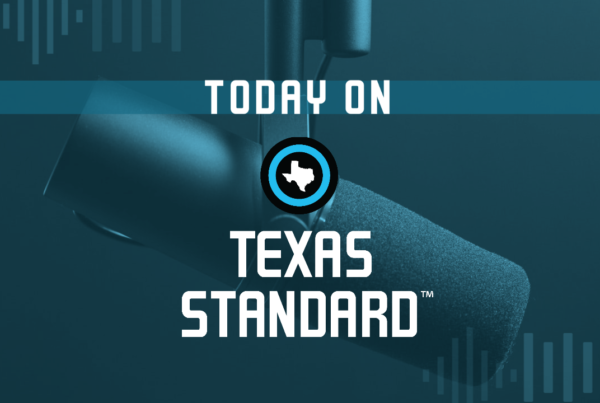From The Texas Newsroom:
Why is Alice Walker’s “The Color Purple” banned in Texas prisons, but Adolf Hitler’s “Mein Kampf” is allowed?
Also on the banned list? “Beekeeping for Dummies,” dozens of comic books and multiple titles by Stephen King, James Patterson and Anne Rice. Books on coding, tax preparation, gambling, tai chi and wrestling are also on the no-no list.
The Texas Department of Criminal Justice has banned more than 10,000 books over the years. This means none of the 134,000 incarcerated people in Texas prisons can get their hands on a copy.
The Texas Newsroom requested lists of which books are and are not allowed inside state prisons under public information laws and analyzed them for patterns. We found comic books are banned most often, with some of the world’s most prolific authors finding themselves on both the prohibited and approved lists.
We are publishing the lists in full during Banned Books Week.
A spokesperson for the Department of Criminal Justice says the agency has reviewed the list of banned materials in recent years and approved previously rejected books. They’ve also made more titles available by distributing tablets with access to 50,000 e-books to incarcerated people.
“TDCJ will continue to evaluate processes and make improvements to meet the needs of the population, while also prioritizing the security and safety of our staff and the individuals in our custody,” Amanda Hernandez said in a statement.
Is there another book you have questions about? Email us at tips@kut.org.
Which books are banned inside Texas prisons?
The state prisons department restricts six categories of content inside its lockups.
Books that may facilitate an escape, incite a riot or assist with the manufacture of drugs or alcohol will land a book on the banned list. This is why books on tai chi, martial arts and wrestling are banned. The prisons department said they contain “fighting techniques.”
Maps are banned because they could facilitate escape. Two books on essential oils are also banned in this category. When asked to elaborate, department spokesperson Amanda Hernandez said the books contain information about plants that could be “eaten to survive in the wilderness.”
Books that discuss how to set up a criminal scheme or enterprise, or how to avoid detection by law enforcement, are also not allowed.
















